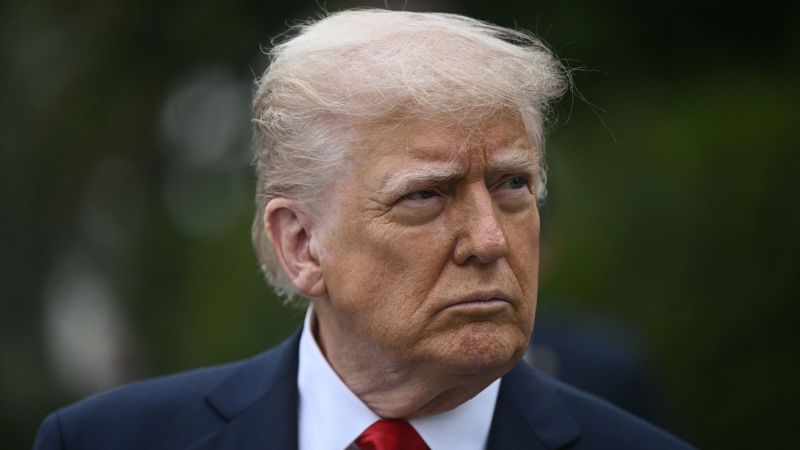In a surprising turn of events, former President Donald Trump has announced a bold initiative aimed squarely at addressing what he perceives as a decline in the American film industry. On a Sunday evening post on his social media platform, Truth Social, Trump revealed that he has directed the U.S. Commerce Department and the United States Trade Representative (USTR) to implement a hefty 100% tariff on films produced outside the United States. This announcement comes amidst ongoing discussions about the challenges facing American filmmakers, with Trump calling attention to the myriad incentives foreign countries are offering to attract U.S. filmmakers and studios.
In his post, Trump expressed grave concerns about the current state of the movie industry in America, declaring, “The Movie Industry in America is DYING a very fast death.” He attributed this decline to foreign nations that are actively enticing filmmakers with financial incentives, thereby pulling production resources away from the U.S. He further insisted that the government should implement a stringent 100% tariff on all foreign-produced movies, emphasizing his desire to bring movie-making back to American soil.
Despite the heightened rhetoric, the logistics surrounding the imposition of such a tariff remain ambiguous. Films, being categorized as intellectual property, do not inherently fall under trade tariffs in the same way physical goods do. However, there are non-tariff trade barriers, such as regulatory measures and tax incentives, which can disadvantage American filmmakers compared to their foreign counterparts. The USTR has noted that some service industries might be subject to such barriers, thereby aligning with Trump’s claims about foreign competition undermining domestic production.
In recent years, various foreign cities have rolled out substantial tax breaks to lure film production away from Hollywood. Cities in Canada, including Toronto, as well as Dublin in Ireland, have successfully enticed several major film and television projects to relocate, leading to significant economic losses for Los Angeles and surrounding areas. In a bid to counter this trend, California Governor Gavin Newsom has suggested large film tax credits aimed specifically at revitalizing production in Hollywood.
Trump’s post highlighted the potential national security implications he perceives from foreign encroachment on the film industry, referring to it as a “concerted effort by other Nations” that ultimately risks becoming a form of propaganda against American values. However, while Trump paints a dire picture, it is essential to analyze the actual state of the Hollywood ecosystem. Although the ticket sales have suffered a downturn since the pandemic, and the number of major releases has significantly dropped, the industry has not been entirely devastated. Streaming services have redefined the landscape, drawing an increasing number of viewers away from traditional theaters.
The U.S. box office witnessed a peak of nearly $12 billion in 2018 but fell to just over $2 billion in 2020 amid COVID-19 restrictions. Although cinemas are recovering, the total number of film releases has declined, and box office figures have yet to surpass the pre-pandemic levels. This evolving landscape of consumer behavior, characterized by a shift towards home viewing through streaming platforms, highlights the fundamental changes at play in the modern entertainment industry.
Moreover, the financial picture for streaming services is mixed. While entities like Disney+ and Max (the latter co-owned by CNN) are starting to see profitability, many other platforms are still struggling to break even. Interestingly, American movies often shoot in foreign locations for economic reasons, as labor in these markets can be less expensive due to lower wage demands.
While Trump’s proposal aims to protect American filmmakers, it’s crucial to ponder the potential fallout of imposing tariffs on foreign productions. These restrictions may not alleviate the challenges for Hollywood, especially if filmmakers continue to rely on international locations for shooting, which often offer better fiscal conditions and incentives. The rhetoric regarding retaliation for foreign trade practices has primarily centered around tangible goods. Should Trump’s visualized tariffs on film production come to fruition, it would mark a historical pivot in U.S. trade policy, potentially opening a new frontier in the ongoing dialogue surrounding trade and creative industries. The effectiveness of such tariffs in revitalizing the American film industry remains to be seen, warranting careful scrutiny as the situation evolves.



